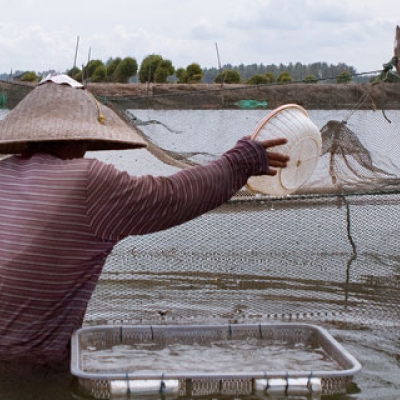When the leaves of New England begin to glow with crimsons, purples and golds, many of us remember that it's time for crimson, purple and gold apples to be picked, packed, sequestered in storage sheds, or processed into cider, butter, sauces or pies.
Apples exemplify that taste of the fall for many of us, but just what kind of apples we taste depends upon just where exactly we live, and how well we know our neighboring orchard-keepers.










